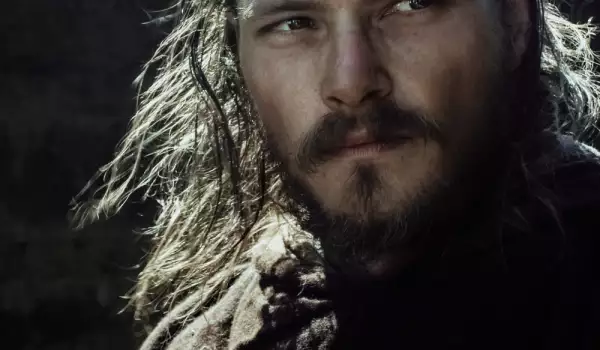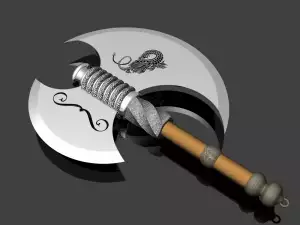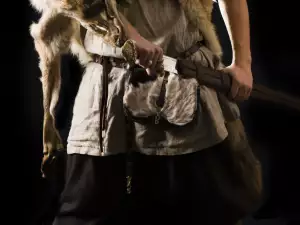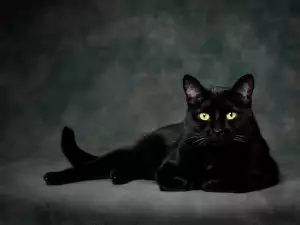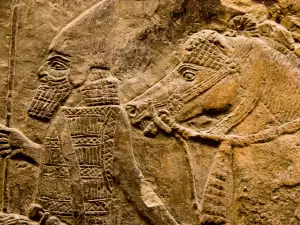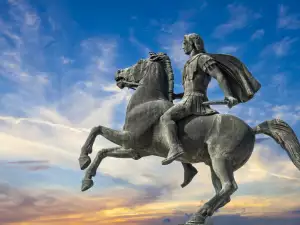The Celts, who can be found in historical chronicles and under the name Gauls or Galatians, are an ancient Indo-European people. The earliest information about them dates from the middle of the 1st millennium BC. The name Celts is used when talking about the material culture of the ancient Indo-European people, as well as their social organization. Ethnographers also use this name when considering their heritage.
The populations of these people are first identified thanks to the Hallstatt culture from 750 to 400 BC Archaeological finds related to this ancient culture allow to separate the Celts from their neighboring tribes and peoples.
Where do the names Gauls and Galatians come from and which areas did they occupy in antiquity?
The Celtic tribes in the region of Gaul used the name Galatians, which united them, but a unified Celtic self-consciousness in the ancient period did not exist. There is also no cultural heritage between the ancient Celts and the peoples who speak Celtic languages today. There are pre-Celtic and Celtic periods in their history.
The Doceltic period covers the time before their displacement in Central and Western Europe. These are different cultures, mainly archaeological, from the Bronze Age.
After the 8th century BC, they were displaced by the Hallstatt and Laten cultures, which were created after the displacement of the Celts.
The Hallstatt culture covers the period from 1200 to 450 BC and refers to the Early Iron Age, which is represented by warrior peasants from Celtic tribes.
The Latin culture refers to the 5th-1st century BC and is associated with the processing of glass by Celtic ethnic groups. From the 5th to the 1st century BC, the Celts made the largest migration in their history and found themselves as a population living in a territory from the British Isles to Asia Minor. The most significant and important is their presence on our lands.
Did the Celts establish their kingdom in the Balkans and what do we know about them from their presence there?
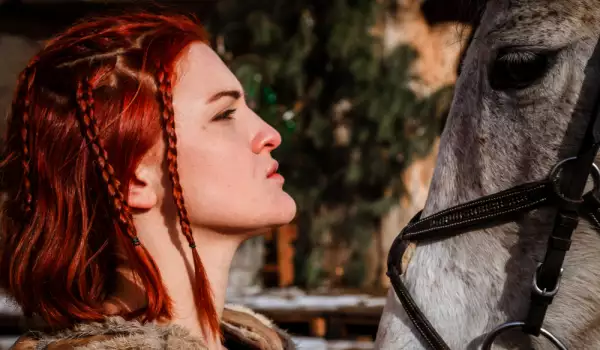
The Celts left lasting traces and although the Thracians defeated and drove them away, history remembers their presence in the Balkans.
And it cannot be otherwise, since the Celts make a strong impression with their appearance on the Greek and Roman chroniclers. These barbarian people are blond or red-haired, strong, although their height is about 150-160 centimeters. With their light skin, they impress the swarthy people in the southern parts of the continent. However, there are also representatives among them of the Mediterranean type, which speaks of a highly mixed population of people. They enter the battle naked, smeared with oil. Their battle cries have a particularly strong effect on the enemy.
Like all other Indo-Europeans, Celts built their hierarchy in society. On the highest rung is the Hero, the extraordinary personality, of immense strength and virility. He is rivaled only by the immortal gods. Therefore, the Celtic warrior's aspiration is to emulate the Hero. There are also such heroic figures among the other tribes. For the Thracians it is Orpheus, for the Greeks - Heracles.
The family unit among the Celts is rather curiously arranged. The family is created on a contractual relationship between a man and a woman. The woman brings a dowry, retaining her right to it during family life. If the man and woman break the contract, the woman takes her dowry.
A married woman remains a member of her clan and does not become a member of the clan of the man with whom she lives. Illegitimate children, as well as daughters in the family, remain members of the mother's clan.
Each Celtic family belongs to a lineage that includes the paternal families. Children born in the family from the cohabitation of a man and a woman belong to the man's lineage. The most important thing in a clan is not the economic base, but the spiritual connection since totemic times. Each lineage worships different animals. The blood relations of a man form a tribe. And it is the highest social structure among the Celts.
The tribes among the Celts are very large, some of them numbering 300 thousand people. However, their territories are small. More than 305 Celtic tribes are known from the annals.
At the beginning of the 1st millennium BC, a king stood at the head of the tribe among the Celts. Later, this title was replaced by a tribal chief, whom they elected every year. This way the aristocracy increases its influence. During a war, a military leader is chosen.
At the end of the millennium, some warlords made attempts to retain power, unite several tribes and create a state, but failed.
The society itself also has an interesting device. Three main groups are described in the annals: druids, horsemen and free people.
- Horsemen are the aristocrats - nobles who own considerable lands. Their strength lies in their customers. These are essentially vassals who support the noble and his actions. Through patronage, donation, or personal qualities, each aristocrat attracts a client and their number determines its influence.
- The free people are the peasants and artisans who have obligations to the horsemen and their position is close to that of slaves. There is also a separate class of slaves among the Celts, but they are kind of underprivileged members of the clan who are used as servants and helpers.
- Druids are the religious leaders of the community. They are the priests, the prophets, the medicine man and the magicians. The Celts were especially skilled in sorcery and that is why this organization was banned by the Romans after conquering their territories in the 1st century BC.
- Other main groups in society should also be noted - the filidi, who are legislators and executors of power and the bards, who immortalize in song the deeds of heroes and rulers.
The Celtic kingdom in the Balkan - time of emergence and disappearance

The great march of the Celts on today's Balkan lands began in 280 BC, when 170 thousand Celts, divided into two groups, attacked the lands of today's Greece and Macedonia. Despite the brilliant Celtic victories, the Hellenes managed to withstand their pressure and finally repulsed them at the sanctuary at Delphi. The Celts lost their leader Bren and fled to Asia or Thrace. However, some remain around Byzantium.
Others managed to prevail over the Thracians and created their own kingdom with the capital at Tylis. It is not clear where the city of Tylis is located, some historians look for it around Stara Planina, but it is more likely that this place is around Strandzha or in the Turkish part of Thrace. Due to poor archaeological research, the exact location of the capital of the Celts - Tylis, has not yet been established.
It should be noted the interesting fact that because of their bellicosity the Celts were a constant threat to the Balkans and especially to such rulers as Alexander the Great and his father Philip II of Macedon and their successors, but the kingdom, whose capital is Tylis, is the only state union that they managed to create in a short period in the Balkans.
There are a number of artifacts left from their presence in the Balkans - coins, bridles, spearheads, swords, spurs and others. These are all typical Celtic objects made of metal. The most interesting are undoubtedly the coins minted by the last Celtic ruler, Kavar, which have been found in Thrace.
An interesting fact is that the conquering Celts and the Thracians made an unexpected cultural interaction with each other. The native culture of the Celts did not become dominant in Thrace. However, Celtic objects are found in everyday life. A chariot of the Celts was discovered in the Thracian tomb at Mezek, which speaks of cultural borrowing.
Celtic politics and way of life are typical of a barbarian people, they live by raiding their neighbors. They attack the neighboring tribes, rob them and force them to pay them taxes. There are assumptions that one of the discovered significant Thracian treasures - that at Rogozen was hidden precisely because of the danger of a Celtic invasion.
In 213 BC, after 70 years of existence, the kingdom of the Celts was destroyed by the Thracian tribes, who rose up and regained their freedom. According to the testimonies of the Greek chroniclers, the Thracians rose up, defeated the Celtic kingdom and destroyed the entire tribe. This happens under the ruler of the Celts Kavar.
